6 Best Recipes For Dashi (Even With Ingredients You Have!)
There are different types of dashi, some are vegan and made from mushrooms and kombu (kelp), and most have bonito flakes (fish) or dried bonito powder.
You can find all types of dashi in Japanese grocery stores. In America, Asian grocery stores will likely carry this type of stock.
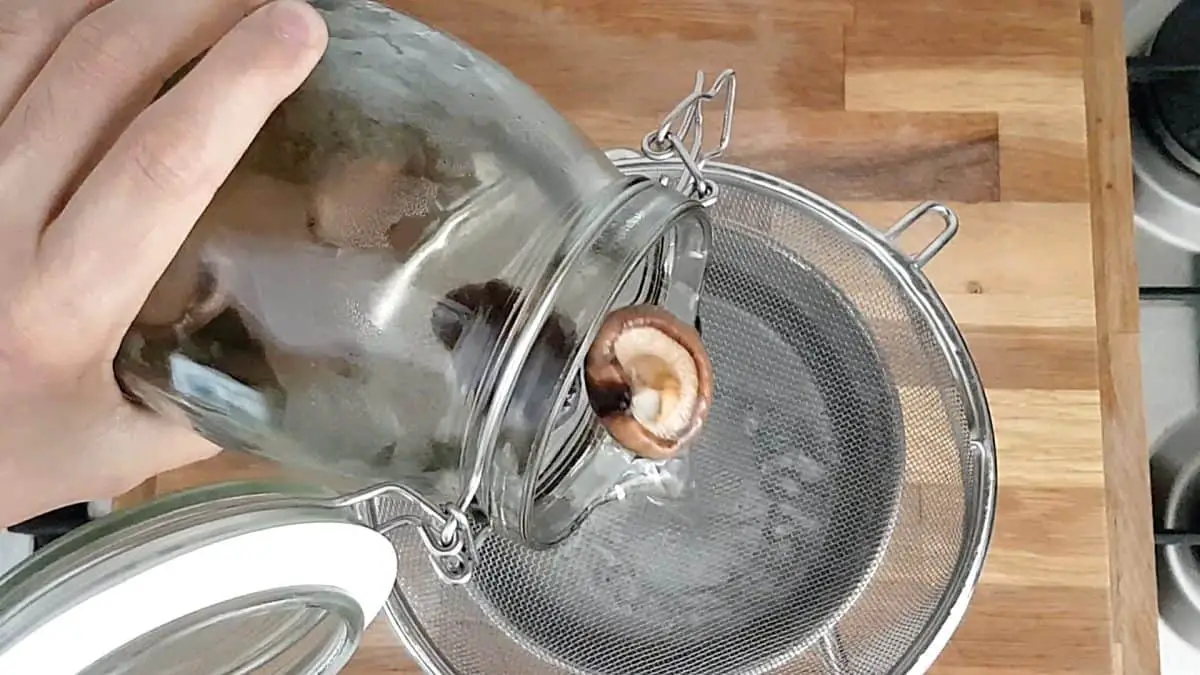

Check out our new cookbook
Bitemybun's family recipes with complete meal planner and recipe guide.
Try it out for free with Kindle Unlimited:
Read for freeIn this post we'll cover:
Best 6 recipes to make dashi
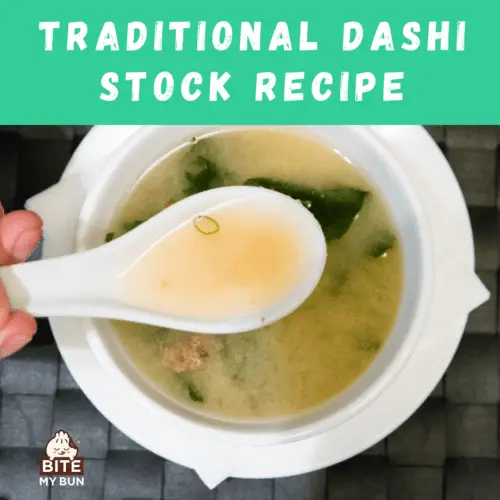
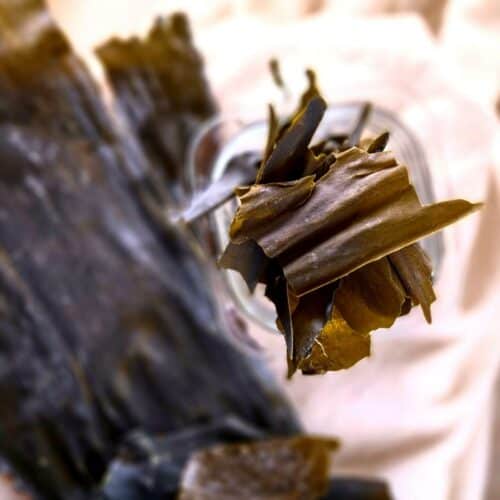
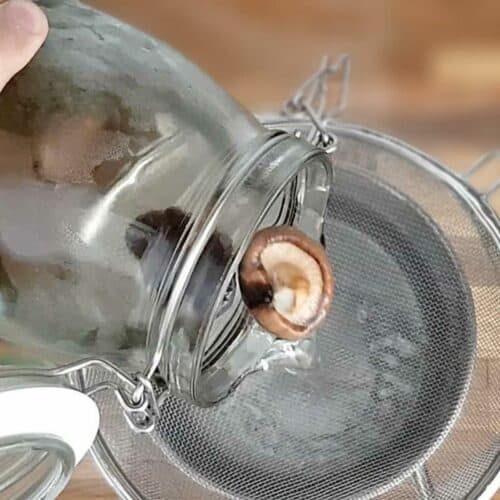
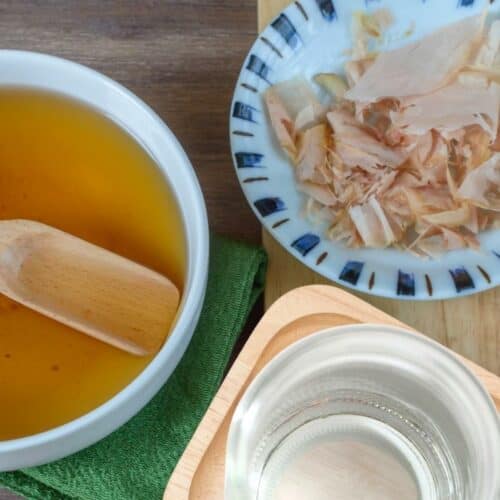
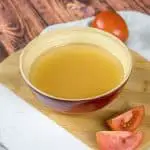
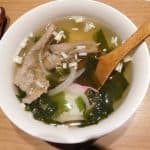
Authentic ways to make dashi
Awase Dashi
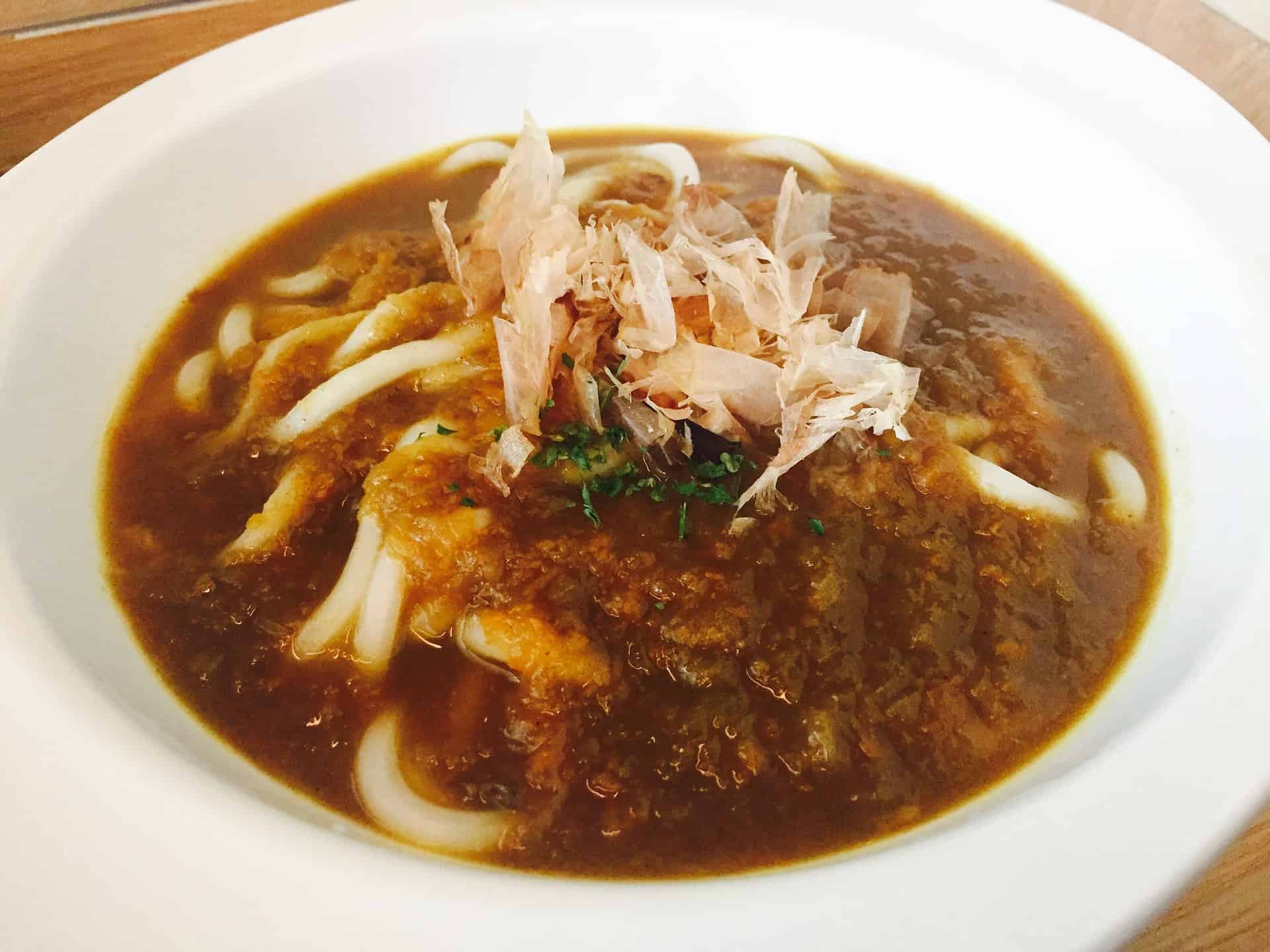
Awase dashi is the most common name for dashi these days.
The awase dashi has a more complex flavor when compared to other dashi types. It is made out of a combination of katsuobushi (bonito fish flakes) and kombu kelp.
First, you extract the kombu dashi by using the nidashi method.
Check the pot regularly when you’re simmering the kombu. Wait until the water is almost at its boiling point, then remove the kombu. After that, add the bonito fish flakes to enhance the flavor.
As soon as the pot comes to a boil, turn off the stove. Allow the dried fish flakes to absorb the broth for a few minutes.
Make sure to check if the flakes have already sunk to the bottom of the pot before straining the broth.
It should have a delicate taste to it with a cadmium-like yellow tinge to it and a refined flavor.
You can keep the kombu and bonito flakes to make more dashi. The resulting dashi will actually have a stronger flavor than the first one.
Kombu Dashi
Kombu dashi uses just two ingredients, pure water and kombu kelp, making it an excellent broth option for vegans and vegetarians.
The 2 techniques used for preparing the kombu dashi are:
- nidashi (simmering)
- mizudashi (cold water extraction)
Using the nidashi technique, you must first place the kombu kelp in a pot of cold water. Then allow it to sit there for about 30 minutes – 3 hours.
Afterward, place it on top of the stove and boil the water over medium heat. Meanwhile, skim the water’s surface in order to remove any foam and keep the broth clear.
Remember to take out the kombu from the pot just before the water starts to boil. If you don’t, the dashi stock may taste bitter and slimy.
After boiling the dashi, strain the broth through a sieve to remove any foam or pieces.
If you want to extract the dashi from kombu via cold water extraction, then cut a steep piece of kombu kelp. Next, put it in a small water container, and refrigerate it overnight.
Once done, you can pour the dashi stock into a bottle container and use it sparingly on multiple dishes.
You will notice a clear, lightly colored broth with a deep umami flavor.
You can also make dashi without kombu, here are 7 easy ways to do it
Iriko Dashi
Iriko dashi (also called niboshi dashi) is another kind of dashi made by mixing anchovies or baby dried sardines and water.
This dashi has a deep fishy flavor than the others and is preferred in the eastern Kanto region in Japan as it came from a tradition of fishing folks.
You can make the iriko dashi by simply putting baby dried sardines or anchovies in a pot with 2- 4 cups of water in it, bringing it to boil, and waiting until the scent of the fish emerges.
When that happens, then this means that the dashi is ready.
It is believed by some people that the head and innards of dried fish cause the dashi to become bitter, so they remove it. Others don’t mind it and boil the dried fish as a whole.
And as for the dried fish in the dashi, you can strain them through a sieve to remove them from the broth or leave them as is.
Shiitake Dashi
Shitake dashi is made from dried shitake mushrooms. It is famous in Japan, and many vegetarians or vegans prefer it because it adds a strong salty flavor to the dashi.
This dashi doesn’t need boiling and all you have to do is to soak the dried shiitake mushrooms in lukewarm water.
It is not recommended that you use water that’s been heated to almost or at its boiling point. This may prevent the shitake mushroom from releasing the much-needed savory umami flavor.
Unlike the kombu dashi though, the shitake dashi has a dark brown color to the broth.
Some people mix shitake dashi and kombu dashi to get the best of both flavors.
Also read: different kinds of Japanese soups you can make with these recipes
Katsuo dashi
Katsuo dashi is very easy to make. Unlike awase dashi (here’s how to make that), it just uses 2 ingredients, katsuobushi and water.
Katsuobushi is a key ingredient in dashi, a type of Japanese soup stock. The fish imparts a rich, umami flavor to the broth.
How to make fake dashi (faux dashi flavor)
Dashi without kombu but with tomatoes
Kombu provides glutamic acid to dashi while bonito flakes provide inosinic acid, which together, give the distinct fifth taste or “umami”, but tomatoes also give a little glutamic acid so they are the perfect vegetables to use.
This recipe will even be a lot faster than using kombu since it has to boil for about 15 minutes to give off its flavor.
Tomato is rich in glutamic acid, making it an ideal kombu substitute. To get the right consistency, try finely chopping the tomato or processing it into a sauce.
Another option is to sun-dry the tomato first (or buy a packet of sundried tomatoes). Then put it into a container of water in the refrigerator. Use about half a cup of water for each tomato and leave it in the fridge for 6-12 hours to get the desired consistency.
White meat fish
Going by Japanese tradition, the washoku (和食) or Japanese cooking, they’d originally intended for dashi to be made from fish or seafood broth.
If you’re going to make a fake dashi, then you’ll need mild, non-oily, white meat fish, such as the tilefish, bass, halibut, snapper, and cod.
Don’t use tuna or mackerel, as these fish have a stronger fish flavor and might dominate the overall flavor of the dish you’re preparing.
Conclusion
You can see there are a lot of traditional and non-traditional ways to make dashi. There’s no wrong way to go here, but they do have slight taste differences.
Check out our new cookbook
Bitemybun's family recipes with complete meal planner and recipe guide.
Try it out for free with Kindle Unlimited:
Read for freeJoost Nusselder, the founder of Bite My Bun is a content marketer, dad and loves trying out new food with Japanese food at the heart of his passion, and together with his team he's been creating in-depth blog articles since 2016 to help loyal readers with recipes and cooking tips.
